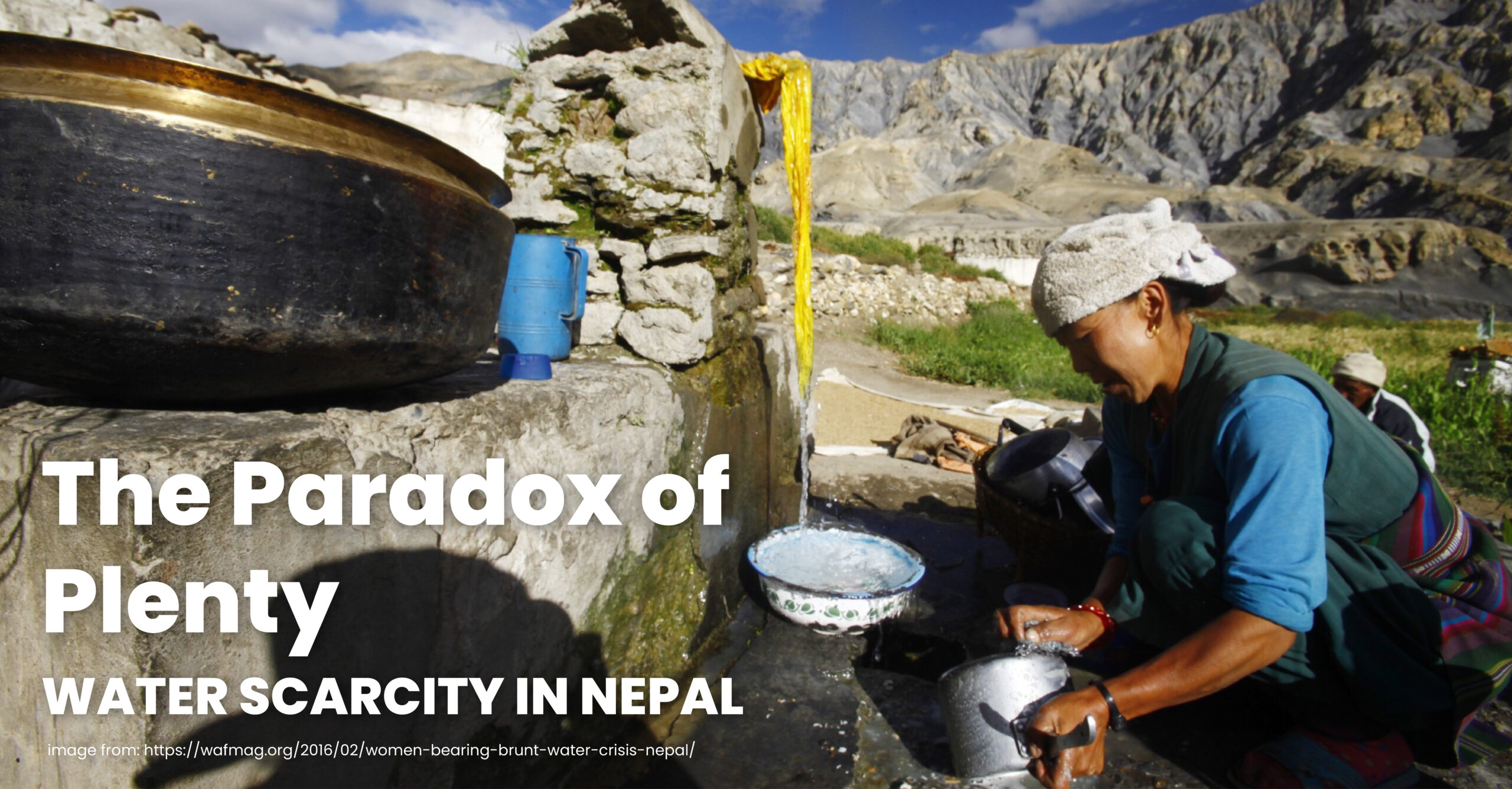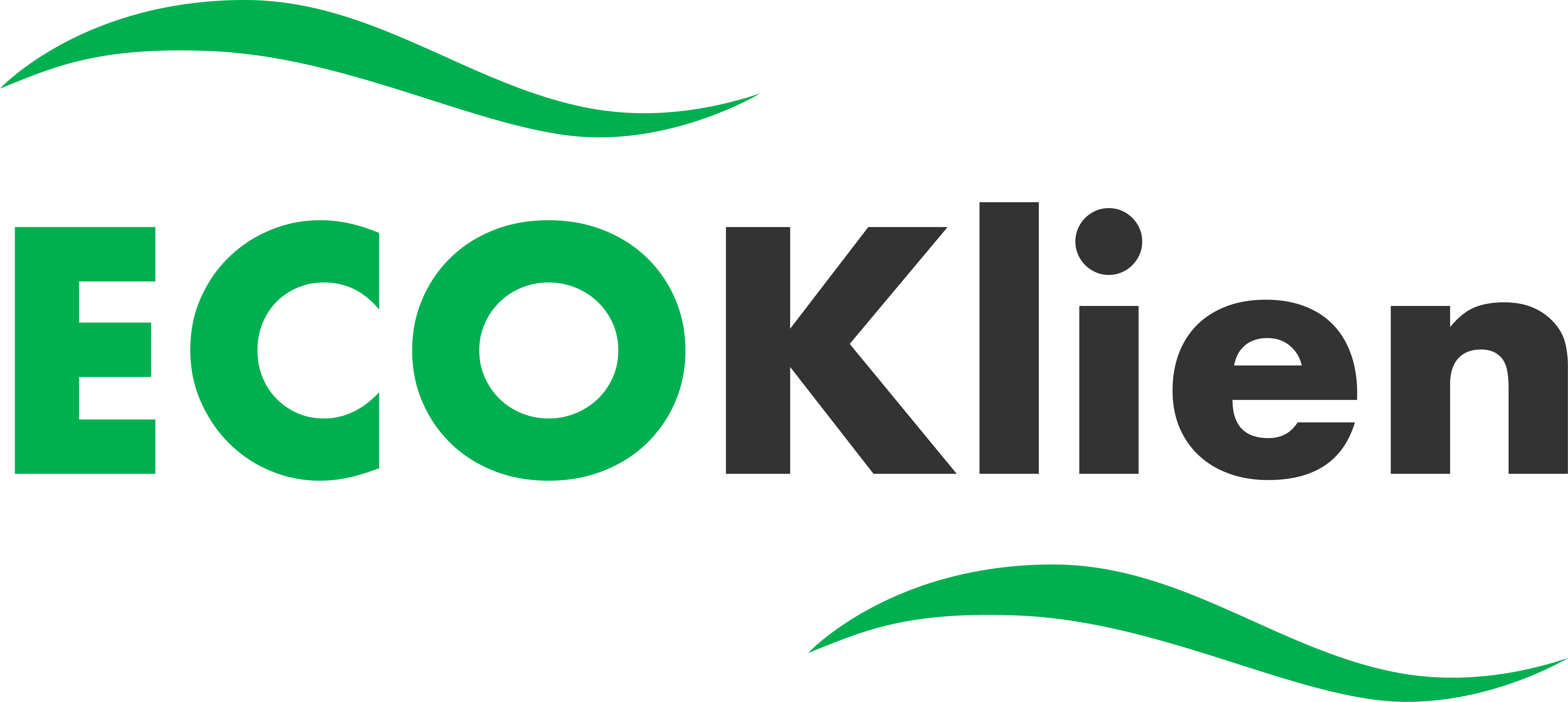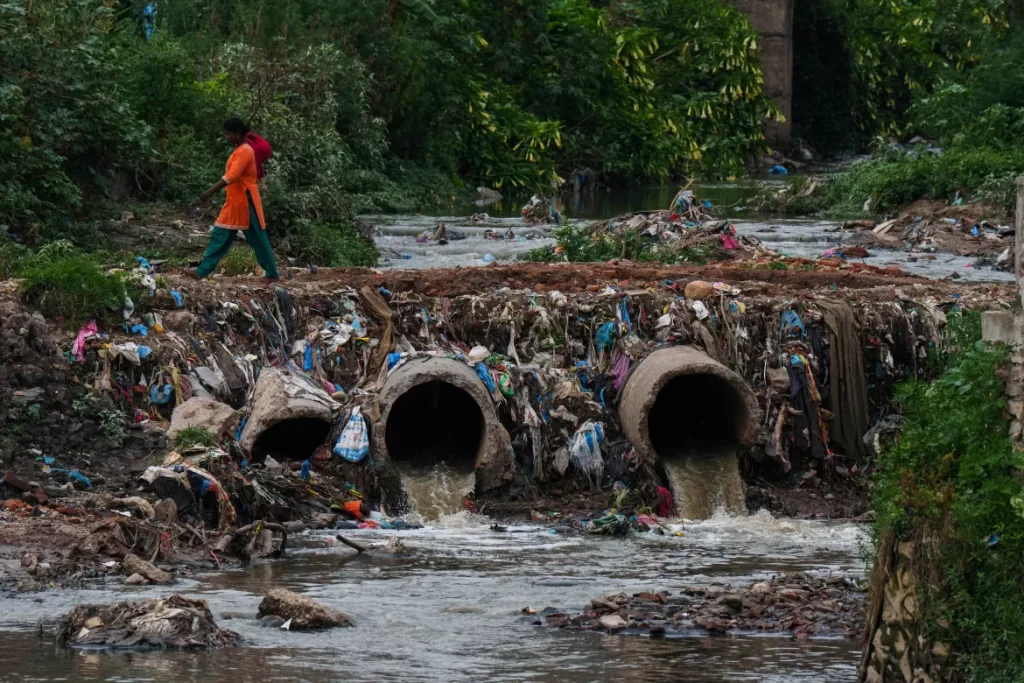Nepal, nestled in the heart of the Himalayas, is a land of hydrological wonders. It is often nicknamed the “water tower of Asia.” Towering glaciers, some of the highest in the world, feeding numerous perennial rivers like the Koshi, Gandaki, and Karnali. Lush valleys cradle glistening lakes, and the monsoon season brings heavy rainfall, further enriching the country’s water resources. Despite covering only 0.1% of the global landmass, Nepal possesses about 2.72% of the world’s freshwater resources, sustaining its rich biodiversity, supporting agricultural activities, and providing hydropower for energy production. It paints a picture of abundant water wealth. But, is that the whole truth?
Would you believe it if Nepal had water scarcity? However, that is the reality. The Paradox of Plenty.

The Challenge of Untreated Wastewater
Nepal’s freshwater resources, its primary water sources, are facing a multitude of threats. This includes not only the well-documented challenges of receding glaciers and climate change, but also a growing concern – improper wastewater disposal, particularly focusing on untreated domestic wastewater and, more specifically, biomedical liquid waste.
Rapid growth in population has Nepal unable to keep up. While this has caused a lack in sanitation infrastructure, it has also pushed the growth of the healthcare sector, inevitably leading to an increase in biomedical liquid waste. However, the majority of the healthcare facilities in Nepal lack proper infrastructure to treat biomedical liquid waste. It’s mixed with municipal wastewater and then discharged into water bodies, exposing the public and the environment to hazardous toxins.
According to a study, 80% of Nepal’s population has access to basic drinking water, however, a 2020 WHO/UNICEF report suggests only 18% have access to safely managed water. A fifth of the population is still collecting water from open sources or borewells. Over 8 million Nepalese, roughly one-third of the population, lack access to safe drinking water, and diarrhoeal diseases caused by unsafe water claim the lives of an estimated 22,000 children under five every year in Nepal.
The aquatic life in affected water bodies have severely declined due to the nature of the disposed wastewater. One such example is the Ganges River Dolphin, once found in Karnali River, facing endangerment, a primary reason being pollution. Amphibien population has declined by 45% in the Rapti river. The Gandaki river has seen 20% decline in aquatic plant species and over 40% of major river stretches face algal blooms in monsoon, depleting oxygen levels for aquatic life.
Hence, the issue of untreated wastewater is critical to the public, flora and fauna of Nepal.
The Decline of Iconic Rivers
Let’s take a look at Kathmandu’s Bagmati river. Once a lifeline of the Kathmandu Valley, the Bagmati River had crystal-clear waters supporting ecosystems, and sustaining diverse flora and fauna along its banks. The river served as a source of drinking water, irrigation, and recreation for local communities, fostering a deep connection between people and nature. As a symbol of purity and spiritual significance, the Bagmati played a central role in the cultural and religious practices of the valley’s inhabitants. Today, it is essentially a black slurry of solid waste, untreated sewage and industrial effluent, turning its once-pristine waters into a toxic cesspool, prone to spreading diseases.
“The main problem is the attitude of the people toward the river. We consider it a holy river, yet we throw solid waste and dispose of untreated sewage in the river.”
– Bhesh Raj Thapa, water resources engineer, Universal Engineering and Science College
One of Bagmatis tributaries, Bishnumati has faced a similar fate. Koshi, Gandaki and Karnali, the major rivers of Nepal are also polluted by untreated wastewater from the healthcare facilities along their banks.
While climate change and population growth pose challenges, a significant portion of water scarcity stems from untreated wastewater rendering freshwater sources unusable.
Hence, Nepal isn’t short of water, but it is short of safe water. It’s the crucial difference between water availability and water accessibility.
A Start to Sustainable Water Management
Nepal needs better water management, and biomedical waste management is a start. It sounds complicated doesn’t it? The complex nature of biomedical liquid waste and its varying composition is definitely a task to manage, but that is exactly why it needs to be prioritized. The fluctuating nature of biomedical liquid waste needs constant monitoring to be treated efficiently, and that is exactly what ECOKlien does.
ECOKlien provides a simple hassle free automated solution that ensures efficient treatment without the need for constant management. The compact plug and play biomedical liquid waste treatment system fits right in with the healthcare sector, without the need for any additional infrastructure. However, for Nepal, the biggest advantage is how ECOKlien can alleviate the pressure on freshwater sources.
The reclaimed water from the ECOKlien system is suitable for multiple non-potable uses including agriculture, promoting sustainable farming practices with a reliable source of water. In turn, this will also replenish groundwater levels, and aquifers.
Conclusion
With the world heading toward a global water crisis, the developing and least-developed countries suffer the most from water scarcity, excess, and contamination. At ECOKlien, we work to minimize the impact of the crisis, towards a better tomorrow where safe water is not a dream.

